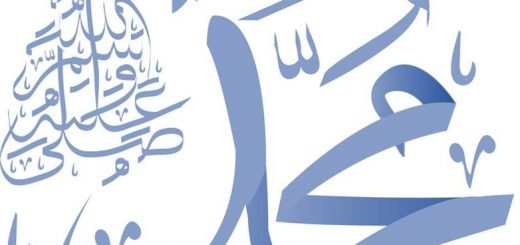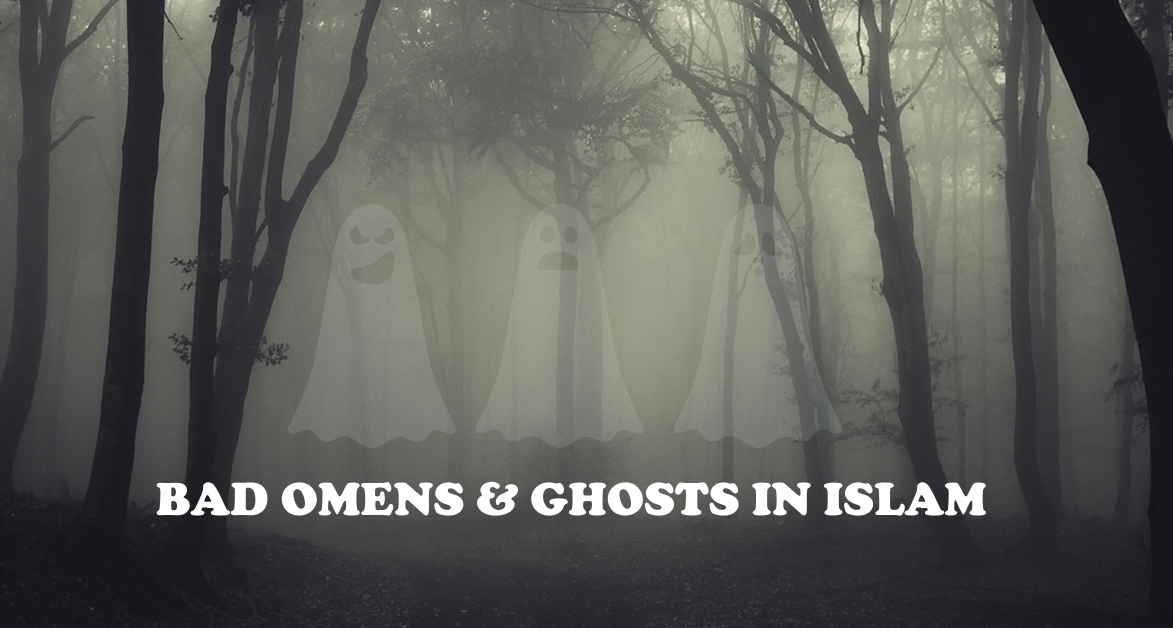QUESTION:
What do the scholars of the Dīn and muftīs of the Sacred Law state regarding the following issue: Who are the twelve Imāms, what is the belief of the Ahl al-Sunnah regarding them. Do we believe in the twelve Imāms, or do Shī’as?
Questioner: Mubaarak from England, U.K.
ANSWER:
بسم الله الرحمن الرحیم
الجواب بعون الملک الوھاب اللھم ھدایة الحق والصواب
The belief of the twelve Imāms is an “Ithnā-‘ashariyyah” [twelver] Shī’ah belief, which is false. According to Shī’ahs, the twelve Imāms are as follows:
1. Sayyidunā ‘Alī
2. Imām Hasan
3. Imām Husayn
4. Imām Zayn al-’Ābidīn
5. Imām Muhammad Bāqir
6. Imām Ja’far Sādiq
7. Mūsā Kāzhim
8. ‘Alī Ridā
9. Muhammad Taqī
10. ‘Alī Taqī
11. Hasan ‘Askarī
12. Imām Mahdī
Shī’ahs believe them to be infallible [i.e. impossible for them to commit sin], and they regard their Imāmah [leadership] to be greater than Wilāyah [sainthood], which is a false belief. Just as Sayyidī A’lā Hadrat Imām Ahmad Ridā Khān, upon whom be infinite mercies, replying to a similar question which was asked, states that if Imāmah is in the meaning of being followed in the matter of religion, then without doubt their devotees and the devotes of their devotees are followed in religion [so imagine the Imāms themselves – meaning if the devotees of the Imāms are being followed, then the Imāms would definitely be followed]. If it refers to the terminology of sainthood, in the sense that there are two ministers for every Ghawth- ‘Abdul Malik & ‘Abdur Rab; they are known as the two Imāms – so without doubt, all of these respected personalities are all Ghawths in their own right. If by Imāmah it means general khilāfah [caliphate], then only the Leader of the believers – Mawlā ‘Alī – and Sayyidunā Imām Hasan al-Mujtabā were given this, and now only Imām Mahdī will be given it, may Allāh Almighty be pleased with them all. As for anyone else who is above the rank of Imāmah [caliph] & sainthood, this is a speciality of Prophets, upon whom be infinite peace, blessings & salutations], to whom it was stated,
{قَالَ اِنِّیۡ جَاعِلُکَ لِلنَّاسِ اِمَامًاؕ}
{He (Allāh) said ‘I am about to make you a leader of the people’}
[Sūrah al-Baqarah, 124]
One cannot believe this Imāmah to be for non-Prophets.
{اَطِیۡعُوا اللہَ وَاَطِیۡعُوا الرَّسُوۡلَ وَ اُولِی الۡاَمْرِ مِنۡکُمْ}
{Obey Allāh, and the Messenger, and those amongst you who have the power of command}
[Sūrah al-Nisā’, 59]
The [limit of] Imāmah for every non-Prophet is until those who have power of command, to whom it was stated,
{وَجَعَلْنٰہُمْ اَئِمَّۃً یَّہۡدُوۡنَ بِاَمْرِنَا}
{And We made them leaders; that they call by Our command}
However, it cannot reach the rank of obeying Messengers. Believing it to be of this rank, just as the Rafdīs (Shī’ahs) believe, is of extreme misguidance and irreligiousness. The blessed personalities up until Imām Ja’far Sādiq, may Allāh Almighty be pleased with him, are all, without doubt, mujtahids & Imāms of ijtahād, and the remaining personalities are most likely to be mujtahids as well.
[Fatāwā Ridawiyyah, vol. 26, p. 430]
Muftī Ahmad Yār Khān Na’īmī, upon whom be mercy, writes in the explanation of a Hadīth, stating that Shī’ahs attempt to prove their twelve Imāms from the aforementioned Hadīth. They are as follows: Sayyidunā ‘Alī, Imām Hasan, Imām, Husayn, Imām Zayn al-‘Ābidīn, Muhammad Bāqir, Ja’far Sādiq, Mūsā Kāzhim, ‘Alī Razā, Muhammad Taqī, Hasan ‘Askarī & concluding with Imām Māhdī. In the sense that [Shī’ahs state that] these personalities are the true caliphs, in other words, they are worthy & deserving of caliphate, even though the majority of them were not caliphs in apparent form.
[Mir’āt-ul-Manājīh, vol. 8, p. 228]
Mullā ‘Alī al-Qārī, upon whom be mercy, states likewise in Mirqāt,
وَقِيلَ: الْمُرَادُ بِاثْنَيْ عَشَرَ أَنْ يَكُونُوا مُسْتَحِقِّي الْخِلَافَةِ مِنَ الْعَادِلِينَ، وَقَدْ مَضَى مِنْهُمْ مَنْ عُلِمَ، وَلَا بُدَّ مِنْ تَمَامِ هَذَا” الْعَدَدِ قَبْلَ قِيَامِ السَّاعَةِ.قُلْتُ: وَقَدْ حَمَلَ الشِّيعَةُ الْإِثْنَيْ عَشَرَ عَلَى أَنَّهُمْ مِنْ أَهْلِ بَيْتِ النُّبُوَّةِ مُتَوَالِيَةً أَعَمُّ مِنْ أَنْ تَكُونَ لَهُمْ “خِلَافَةٌ حَقِيقَةً أَوِ اسْتِحْقَاقًا
[Mirqāt al-Mafātīh, vol. 9, p. 3864]
In addition, Muftī Ahmad Yār Khān Na’īmī, upon whom be mercy, writes in his book ‘Ilm-ul-Qur’ān that, Ithnā-‘ashariyyah Shī’ah: The formation of this group was at the time of the twelve Imāms, because the meaning of Ithnā-‘asharah is twelve Imāms. When the twelve Imāms came into existence, then this sect came about, which is why it has existed for approximately 1100 years – in other words, it came about 300 years after the era of the Noble Prophet ﷺ. One should bear in mind that these Shī’ahs believe that Imām Mahdī has already been born, who has taken the Qur’ān and is in hiding, and will appear [i.e. make himself apparent] near the Day of Judgement.
[‘Ilm-ul-Qur’ān, p. 223]
والله تعالی أعلم ورسوله أعلم صلی الله علیه وآله وسلم
کتبه أبو الحسن محمد قاسم ضیاء القادري
Answered by Mufti Qasim Zia al-Qādiri
Translated by Haider Ali al-Madanī
Read the original Urdu answer here: [Q-ID0863] Is believing in the 12 Imams a Shia belief? What is the Sunni stance?



























![[Q-ID0222] Should we be saying ‘Allah is everywhere’? Please clarify.](https://www.seekerspath.co.uk/wp-content/themes/hueman-pro/assets/front/img/thumb-medium-empty.png)









